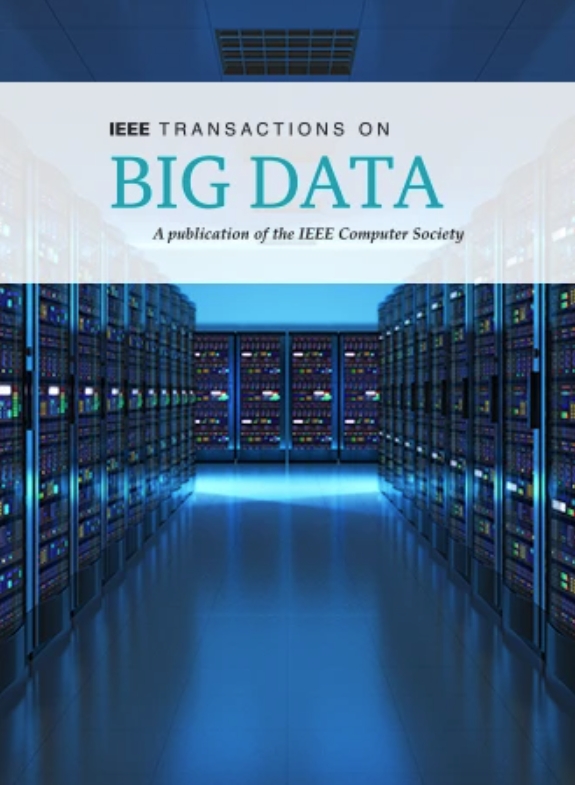Event Extraction by Associating Event Types and Argument Roles
IF 7.5
3区 计算机科学
Q1 COMPUTER SCIENCE, INFORMATION SYSTEMS
引用次数: 2
Abstract
Event extraction (EE), which acquires structural event knowledge from texts, can be divided into two sub-tasks: event type classification and element extraction (namely identifying triggers and arguments under different role patterns). As different event types always own distinct extraction schemas (i.e., role patterns), previous work on EE usually follows an isolated learning paradigm, performing element extraction independently for different event types. It ignores meaningful associations among event types and argument roles, leading to relatively poor performance for less frequent types/roles. This paper proposes a novel neural association framework for the EE task. Given a document, it first performs type classification via constructing a document-level event graph to associate sentence nodes of different types and adopting a document-awared graph attention network to learn sentence embeddings. Then, element extraction is achieved by building a new schema of argument roles, with a type-awared parameter inheritance mechanism to enhance role preference for extracted elements. As such, our model takes into account type and role associations during EE, enabling implicit information sharing among them. Experimental results show that our approach consistently outperforms most state-of-the-art EE methods in both sub-tasks, especially at least 2.51% and 1.12% improvement of the event trigger identification and argument role classification sub-tasks. Particularly, for types/roles with less training data, the performance is superior to the existing methods.通过关联事件类型和参数角色提取事件
事件提取(EE)从文本中获取结构化的事件知识,分为事件类型分类和元素提取两个子任务(即识别不同角色模式下的触发器和参数)。由于不同的事件类型总是拥有不同的提取模式(即角色模式),以前关于EE的工作通常遵循一个孤立的学习范式,对不同的事件类型独立地执行元素提取。它忽略了事件类型和参数角色之间有意义的关联,导致较少使用的类型/角色的性能相对较差。本文提出了一种新的面向情感表达任务的神经关联框架。给定一个文档,它首先通过构建文档级事件图来关联不同类型的句子节点,并采用文档感知的图关注网络来学习句子嵌入,从而进行类型分类。然后,通过构建新的参数角色模式来实现元素提取,并使用类型感知的参数继承机制来增强提取元素的角色偏好。因此,我们的模型考虑了EE期间的类型和角色关联,从而实现了它们之间的隐式信息共享。实验结果表明,我们的方法在两个子任务上都优于大多数最先进的EE方法,特别是在事件触发识别和参数角色分类子任务上分别提高了至少2.51%和1.12%。特别是对于训练数据较少的类型/角色,性能优于现有方法。
本文章由计算机程序翻译,如有差异,请以英文原文为准。
求助全文
约1分钟内获得全文
求助全文
来源期刊

IEEE Transactions on Big Data
Multiple-
CiteScore
11.80
自引率
2.80%
发文量
114
期刊介绍:
The IEEE Transactions on Big Data publishes peer-reviewed articles focusing on big data. These articles present innovative research ideas and application results across disciplines, including novel theories, algorithms, and applications. Research areas cover a wide range, such as big data analytics, visualization, curation, management, semantics, infrastructure, standards, performance analysis, intelligence extraction, scientific discovery, security, privacy, and legal issues specific to big data. The journal also prioritizes applications of big data in fields generating massive datasets.
 求助内容:
求助内容: 应助结果提醒方式:
应助结果提醒方式:


